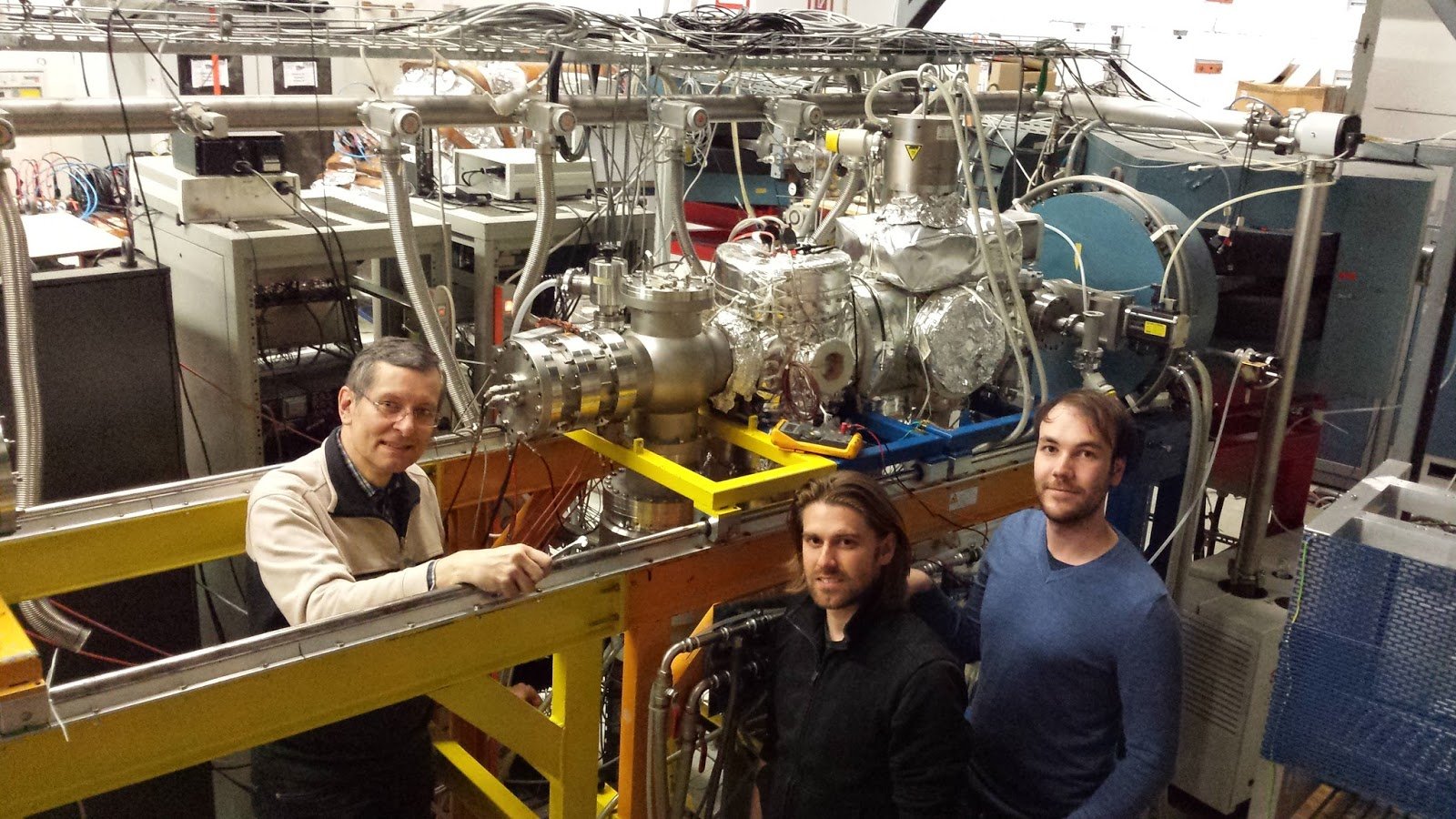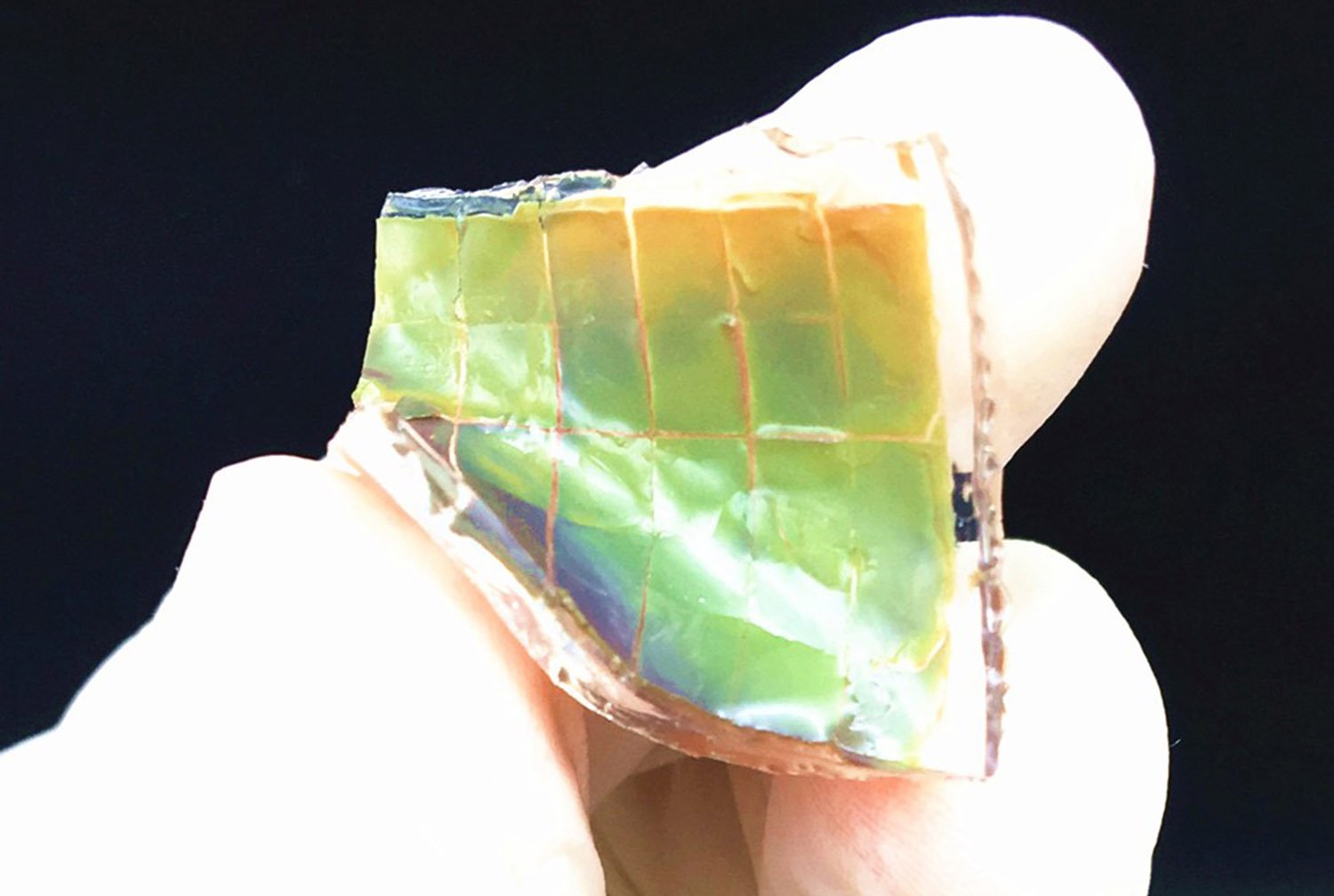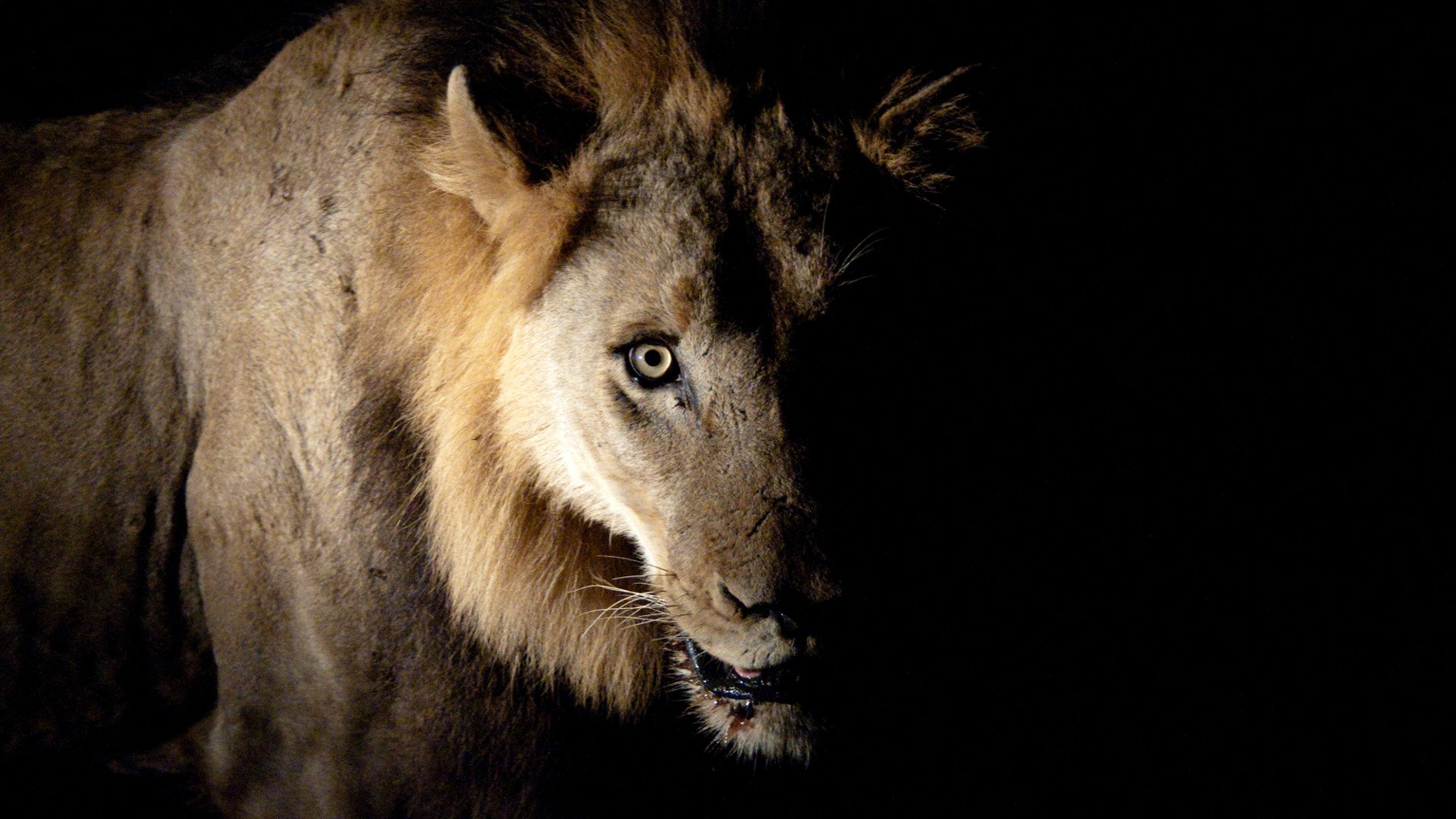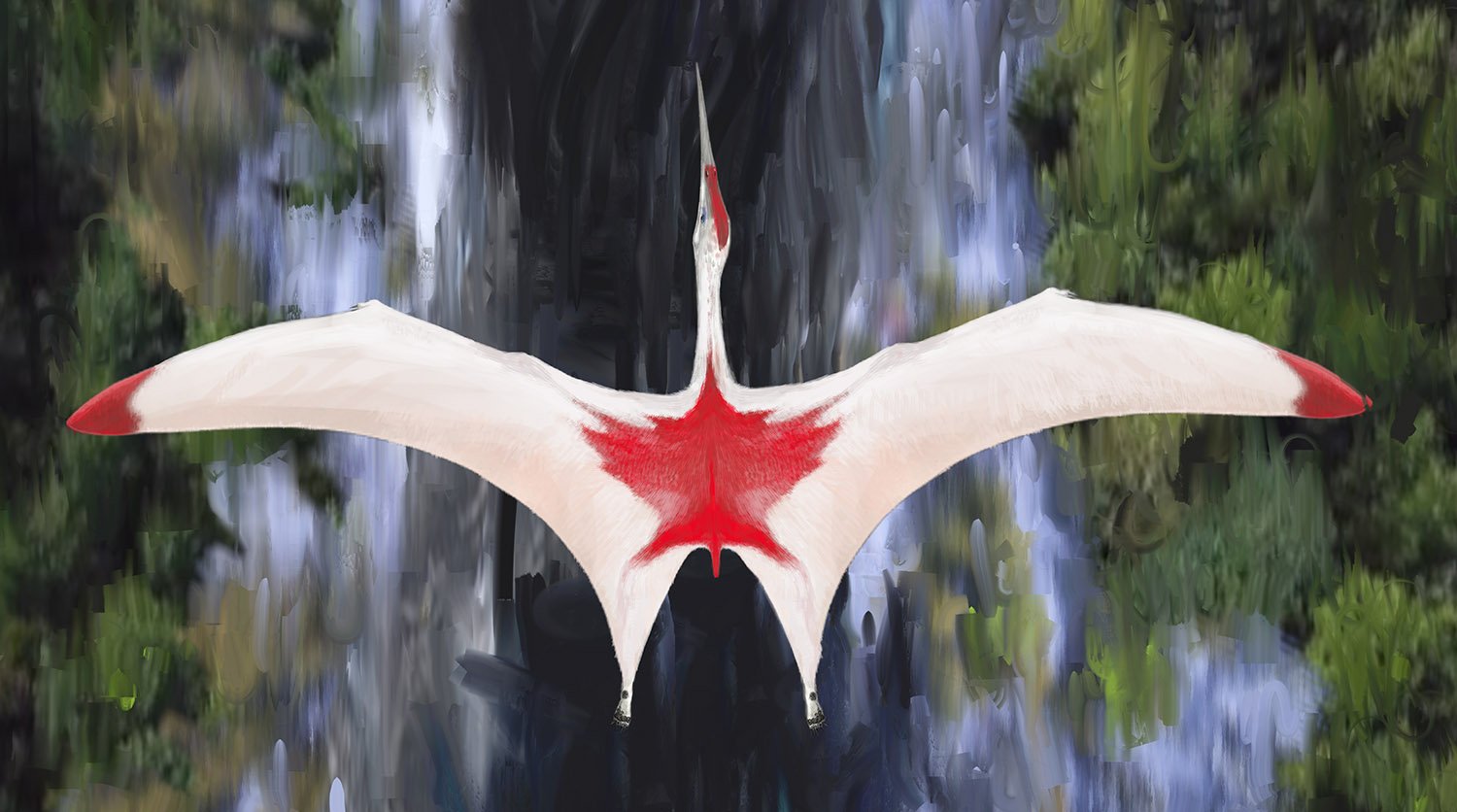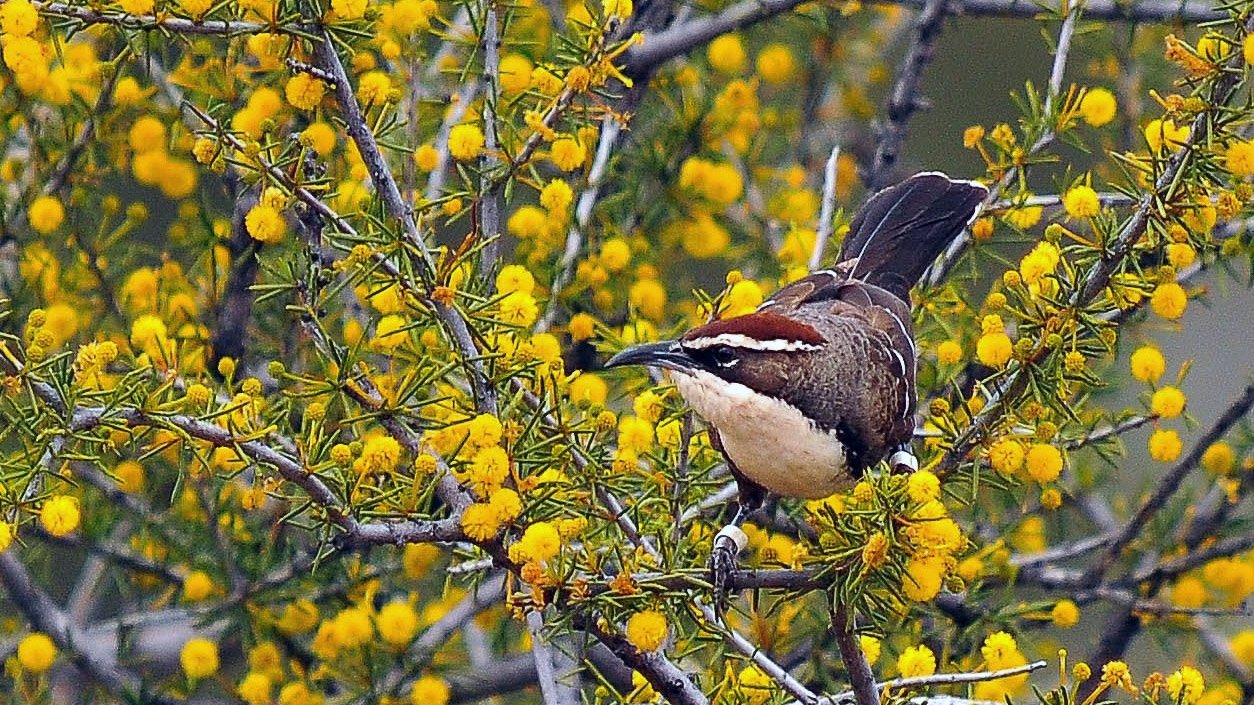Nuclear physics – probing a nuclear clock transition
Modern atomic clocks are the most accurate measurement tools currently available. The best current instruments deviate by just one second in 30 billion years. However, even this extraordinary level of precision can be improved upon. Indeed, a clock based on an excited nuclear state of thorium-229 should make it possible to enhance timing accuracy by … Read more
